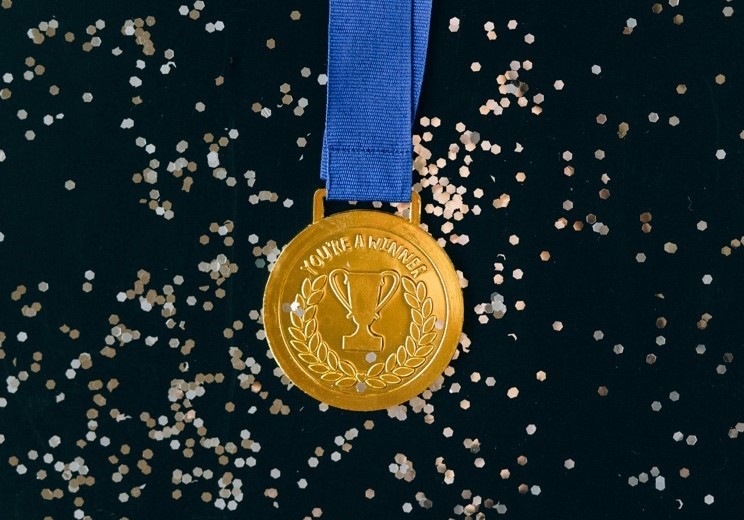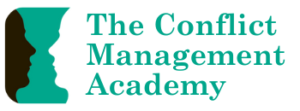On 21 March I spoke at the Australian Disputes Centre conference in Sydney. This is what I spoke about.
Consider how conflict coaching might support your existing processes.
We’ve each been asked today to share our solid gold tips and techniques for staying on the cutting edge of Australian ADR. I’m here as the past conflict coach of the year, so not surprisingly, my first tip relates to the benefits of conflict coaching. I’m not sure how many people here are familiar with conflict coaching.
I define it as a one on one process in which a coach provides support to a client to explore their conflict more deeply and to identify and evaluate their choices for moving forward. It’s a specific kind of relationship and is not, in my opinion, just mediation for one. The relationship between a coach and a client is very different to that of a mediator and client and there are particular ethical considerations relevant to coaching that are distinct from those relevant to mediation or other professional client relationships.
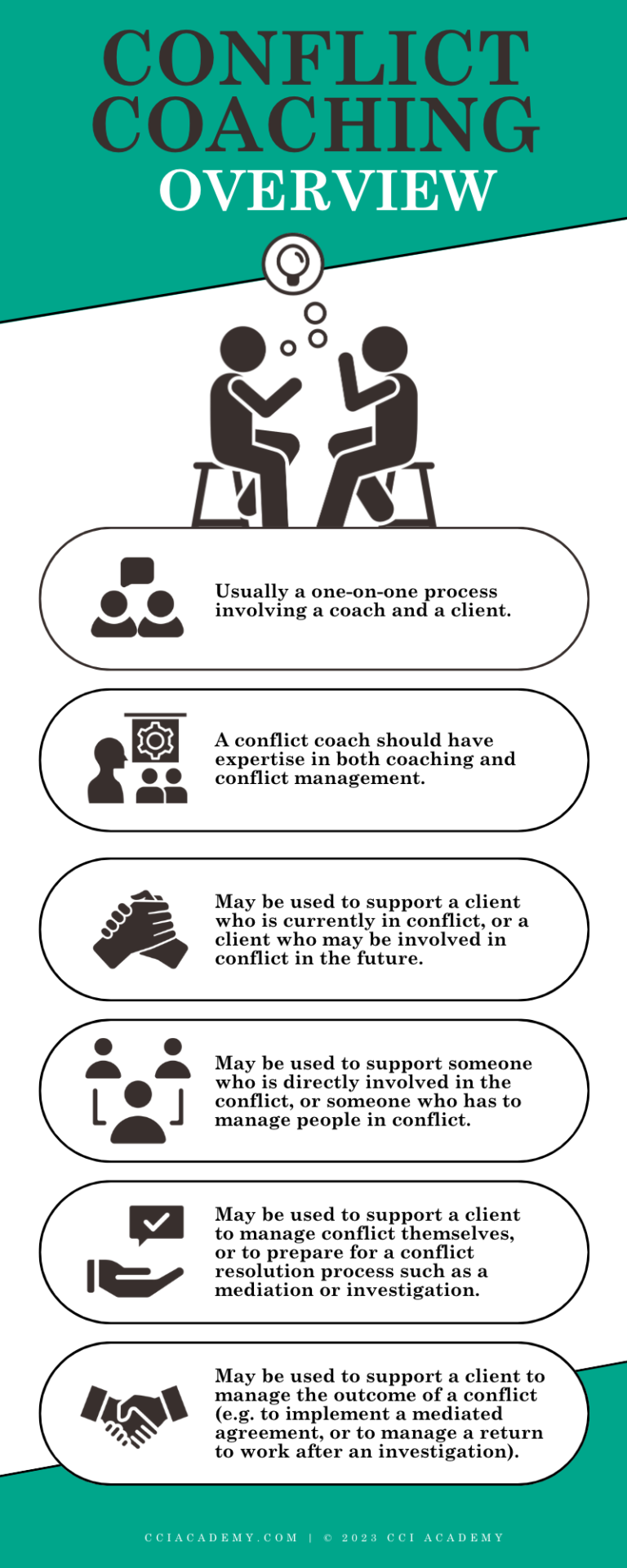
The coaching relationship is one of an ally and that relationship provides space for clients to be more vulnerable and progress further than they might be able to do with an impartial practitioner. For me, conflict coaching is about supporting a client to change their mindset about conflict, and thus to identify and open up new choices about how to manage it. It’s also about capacity building, not just about the current conflict, but about the client’s competence and confidence to manage other conflicts in the future.
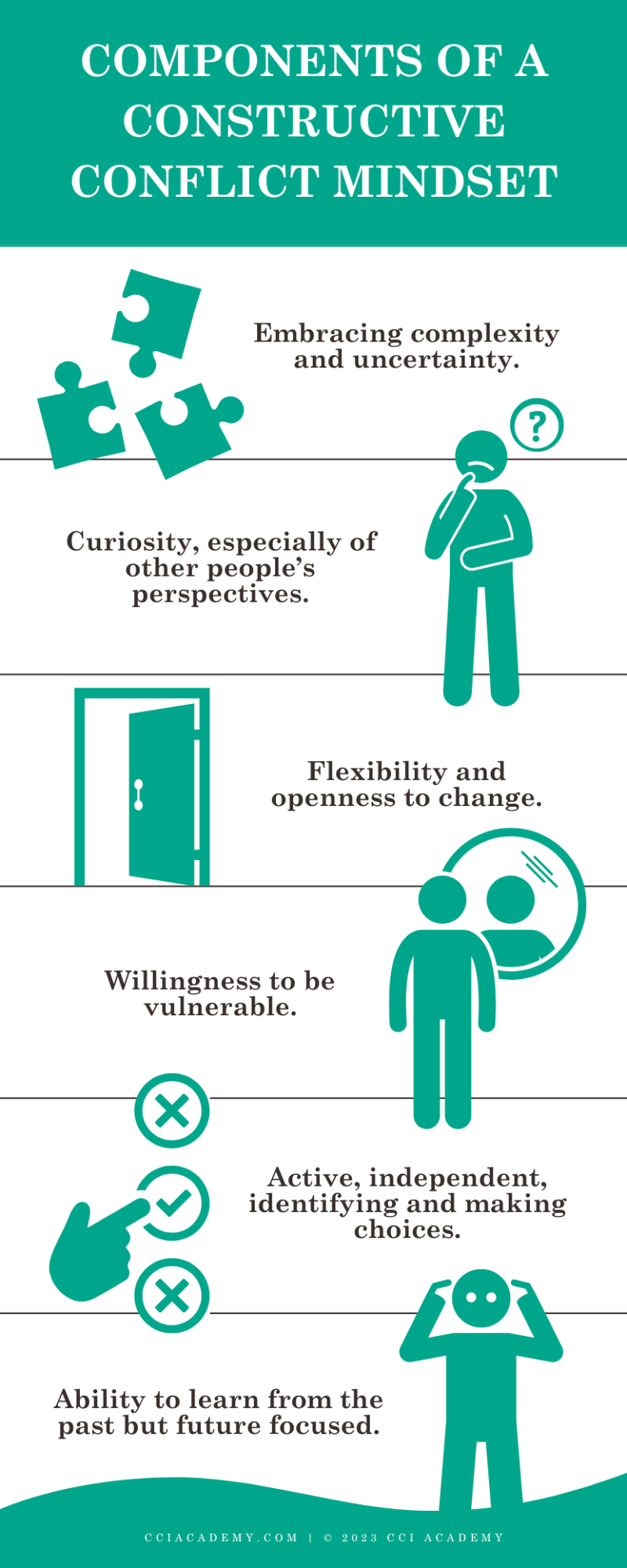
The REAL approach to coaching focuses on the story that the clients tell themselves and others about their conflict. These conflict stories tend to follow a typical pattern and be based on common types of assumptions and emphasis.
The resolution that the client desires is often idealistic and unrealistic. However, when we work with clients to explore their story, to examine what they know, what they are assuming, where the gaps and inconsistencies and uncertainties may be, they often realize that they can choose their own adventure and take some control over what happens next.
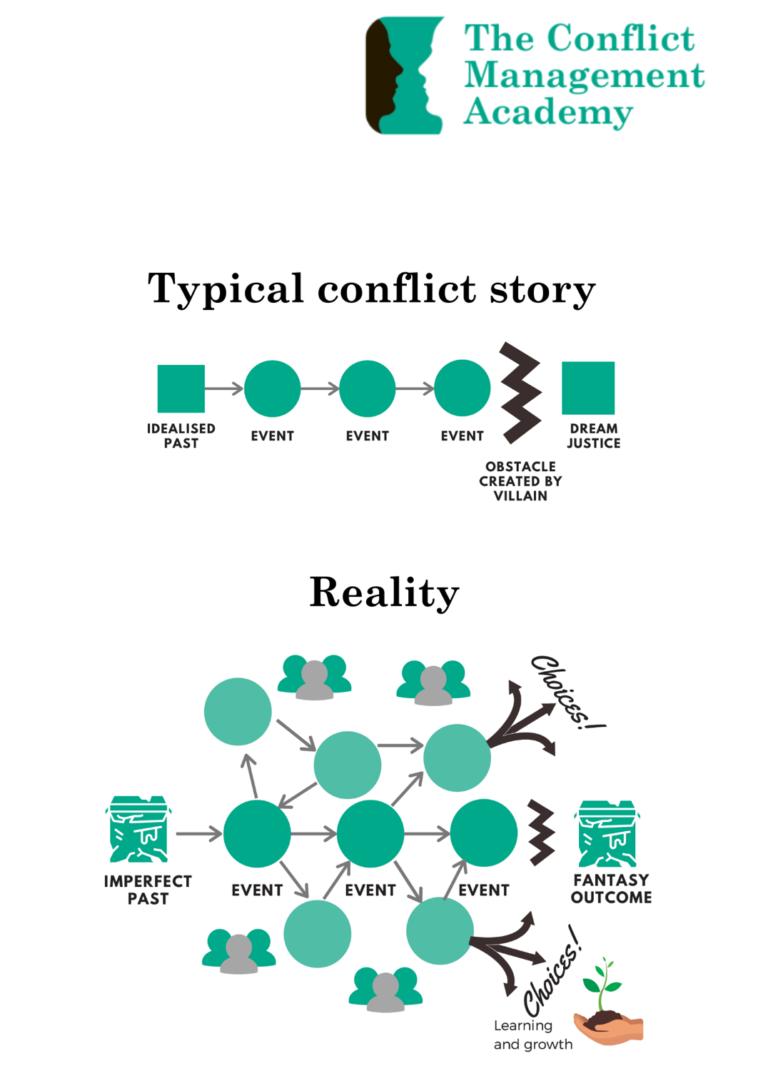
Some people I coach go on to manage and resolve their conflicts themselves, without the need for a mediation. Others do end up going to mediation and some even go to litigation. The difference is that they do so after having carefully considered their other options and what the pros and cons of doing so may be for them in their specific situation.
I coach many people pre mediation to help them to engage in the mediation in a more meaningful way. Mediators who work with clients I have coached tell me that it is always such a help as clients hit the ground running and are really engaged and ready to participate. I also work with people post mediation or post some kind of adjudicated outcome to help them live with and implement the agreement or outcome. This ensures sustainability of those outcomes.
My point here is that there are many opportunities to provide extra support to people in conflict in addition to the more established conflict resolution processes. There are also opportunities for all practitioners to learn more about conflict coaching and perhaps adapt some of their own interventions, for example in pre mediation meetings, using some coaching techniques.
Commit to lifelong learning, reflective practice, and constantly aspiring to artistry.
This suggestion however is really just one example of something that I believe is fundamentally important for anyone wanting to be at the cutting edge in this field. And this is being a lifelong learner. It’s the difference between just doing it because it’s worked so far and aspiring to artistry.
Now, this doesn’t mean that what you have been doing hasn’t been successful, but it’s about always asking what you could learn or do to improve, to develop, to better serve your clients and society if we want to get big picture. In our fast changing world, we need to be adaptable and develop constantly, as in the words of Robert Frost, nothing gold can stay.
Gold is highly reflective and we need to be the same. A highly reflective practitioner in a deliberate and active sense. Reflective practitioners are also critical thinkers. We don’t want to end up chasing fool’s gold.
Gold, when it is discovered, is usually not very attractive. It’s a misshapen lump covered in dirt or mud. Luckily, gold is a malleable metal that can be designed to fit a variety of uses. It can be turned into jewellery or used as an electricity conductor. My next tip is to consider how our processes can be better designed for a variety of uses and users.
Again, here I’m not suggesting that we throw the baby out with the bath water, or the gold out with the slurry. There are two aspects of process design that I think gold class practitioners should be thinking about:
The first is ensuring that our process, whatever that is, is based on universal design principles.
And the second, which is really part of the first, is embedding flexibility and opportunities for co design.
Review your processes in accordance with the principles of universal design
Universal design was originally applied to architecture to make buildings accessible to all. It provides benefits for everyone. For example, having a ramp and a wide door ensures that someone in a wheelchair has access.
But able-bodied people also benefit when carrying bags of groceries or moving furniture. The universal design principles are: equitable use, flexibility in use, simple and intuitive use, perceptible information, tolerance for error, low effort, and appropriate space.
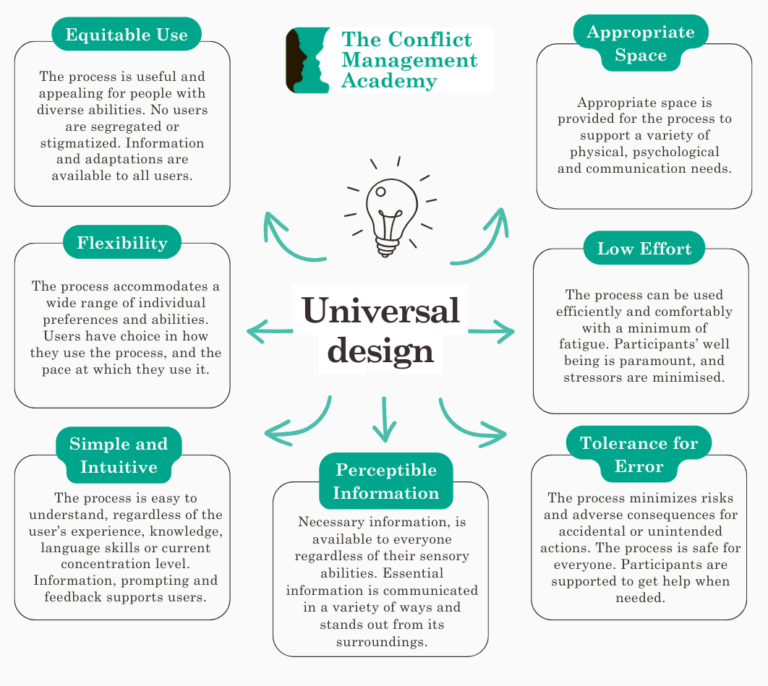
We have a long way to go in this field in applying universal design to our processes so that they are accessible to all, including, for example, people who have experienced trauma or people who are neurodivergent.
We typically screen out people who don’t fit our processes, rather than thinking carefully about ways we could safely include them. Many of these universal design principles will also lead to benefits for everyone. Related to this is my next point, making a real effort towards flexibility and co design.
Reflect on where you can provide flexibility and choice to support clients to engage in co design of a process to best meet their needs.
One of the findings in the last Global Pound Conference Series reports was that clients really wanted the opportunity to be involved in co designing bespoke processes to best meet their particular needs, rather than being provided with a one size fits all process. This does take more time and effort but can bring about incredible rewards for all concerned.
For me, the sign of a gold class practitioner is that willingness to make their processes flexible and responsive to clients’ needs. I don’t mean that we should just do this in an ad hoc manner, or that we need to leave our values and ethical considerations behind. Rather, that within those boundaries, there is still a great deal of flexibility available to us and our clients.
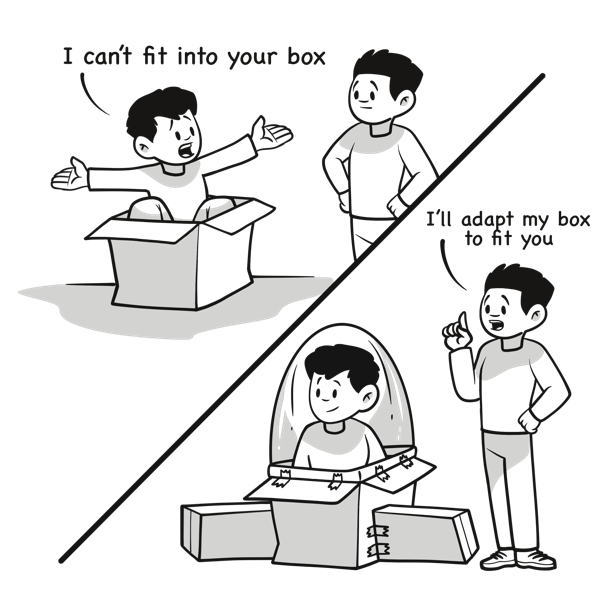
So to summarize, here are my top tips for becoming a gold class practitioner.
Consider how conflict coaching might support your existing processes.
Commit to lifelong learning, reflective practice, and constantly aspiring to artistry.
Review your processes in accordance with the principles of universal design.
Reflect on where you can provide flexibility and choice to support clients to engage in co design of a process to best meet their needs.
None of this is easy but remember that gold medals are not actually made of gold, they’re made of determination and hard work.
